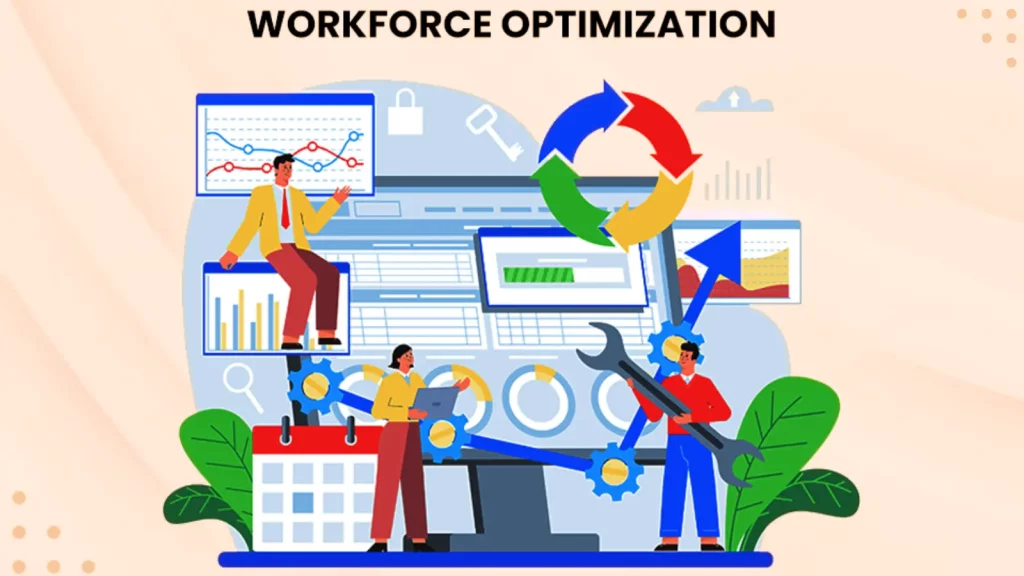In today's unstable company landscape, resilience is more critical than ever. Organizations need certainly to change easily to changing problems, and the important thing to this adaptability frequently is based on a well-optimized workforce. This article considers how workforce optimization can be a game-changer for reaching long-term business resilience.
Knowledge Workforce Optimization
Workforce optimization requires strategically aligning your workforce with organization goals to increase efficiency and productivity. It's not only about having the best amount of personnel but ensuring they are stationed effectively.
By leveraging information analytics and modern technology, corporations may greater predict demand, handle resources, and increase employee performance. A well-optimized workforce is agile, capable of answering to advertise shifts without limiting productivity.
The Importance of Workforce Optimization
Workforce optimization is vital for maintaining working efficiency. It will help recognize bottlenecks, minimize prices, and improve support delivery. Moreover, it fosters a culture of continuous improvement.
When workers know their tasks are created to improve their skills, they are more engaged and motivated. This brings to raised work pleasure and lower turnover rates, further contributing to organization resilience.

Key Elements of Workforce Optimization
Data-Driven Decision Creating
Knowledge is in the centre of workforce optimization. By analyzing famous information and current trends, organizations may make informed decisions about staffing degrees, change habits, and resource allocation.
Employee Instruction and Growth
An optimized workforce is a talented workforce. Constant instruction and progress guarantee personnel are designed with the latest skills and knowledge, creating them more adaptable to change.
Technology Integration
Today's technology, such as for instance AI and equipment learning, may automate schedule tasks, allowing workers to concentrate on more proper activities. That not just boosts productivity but also increases job satisfaction.
Variable Perform Arrangements
The COVID-19 pandemic indicates the importance of freedom in the workplace. Offering rural perform possibilities or flexible hours can help keep talent and maintain output during disruptions.
Utilizing Workforce Optimization
Utilizing workforce optimization needs a proper approach. Begin by performing an intensive examination of your overall workforce and determining places for improvement.
Next, spend money on the right resources and technologies to guide optimization efforts. This can include workforce management computer software, data analytics resources, and training programs.
Finally, foster a culture of constant improvement. Encourage workers to provide feedback and be ready to accept creating adjustments as needed.

Measuring the Success of Workforce Optimization
To make sure your workforce optimization efforts are effective, it's necessary to measure their impact. Important efficiency signs (KPIs) such as for instance worker output, customer satisfaction, and economic performance can offer valuable insights.
Frequently evaluation these metrics and produce adjustments as required to stay arranged with company goals.
Conclusion
In summary, workforce optimization is just a strong technique for creating long-term company resilience. By leveraging data, technology, and constant improvement, organizations can produce an agile, effective workforce effective at navigating any challenges.
For anyone looking to examine workforce optimization more, consider hitting out to industry authorities or buying particular computer software to support your efforts.
